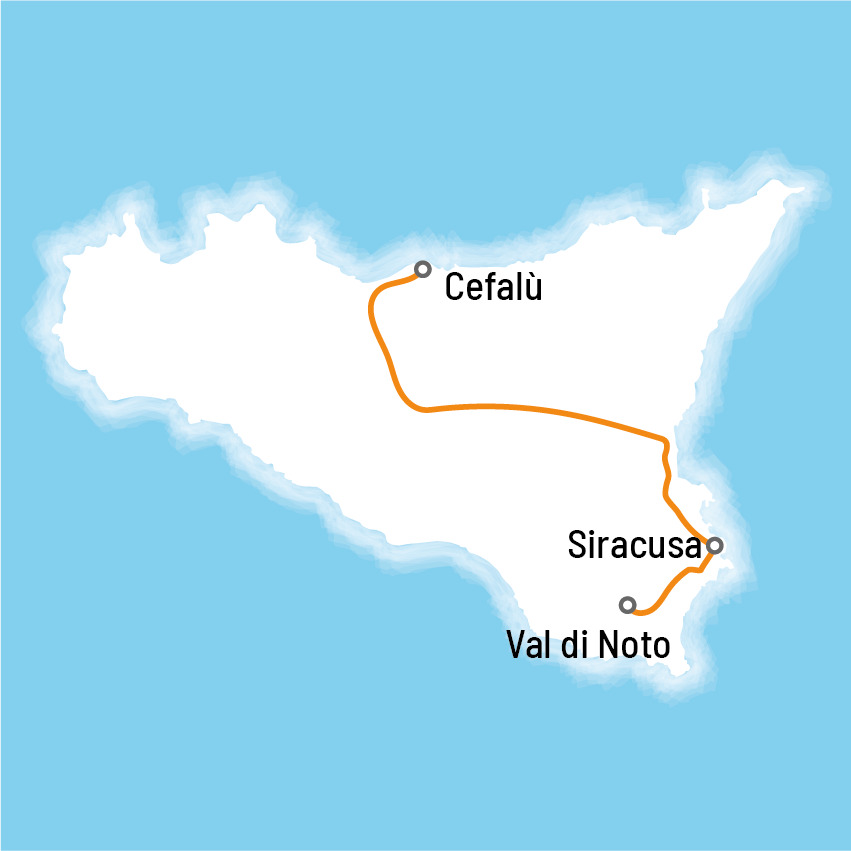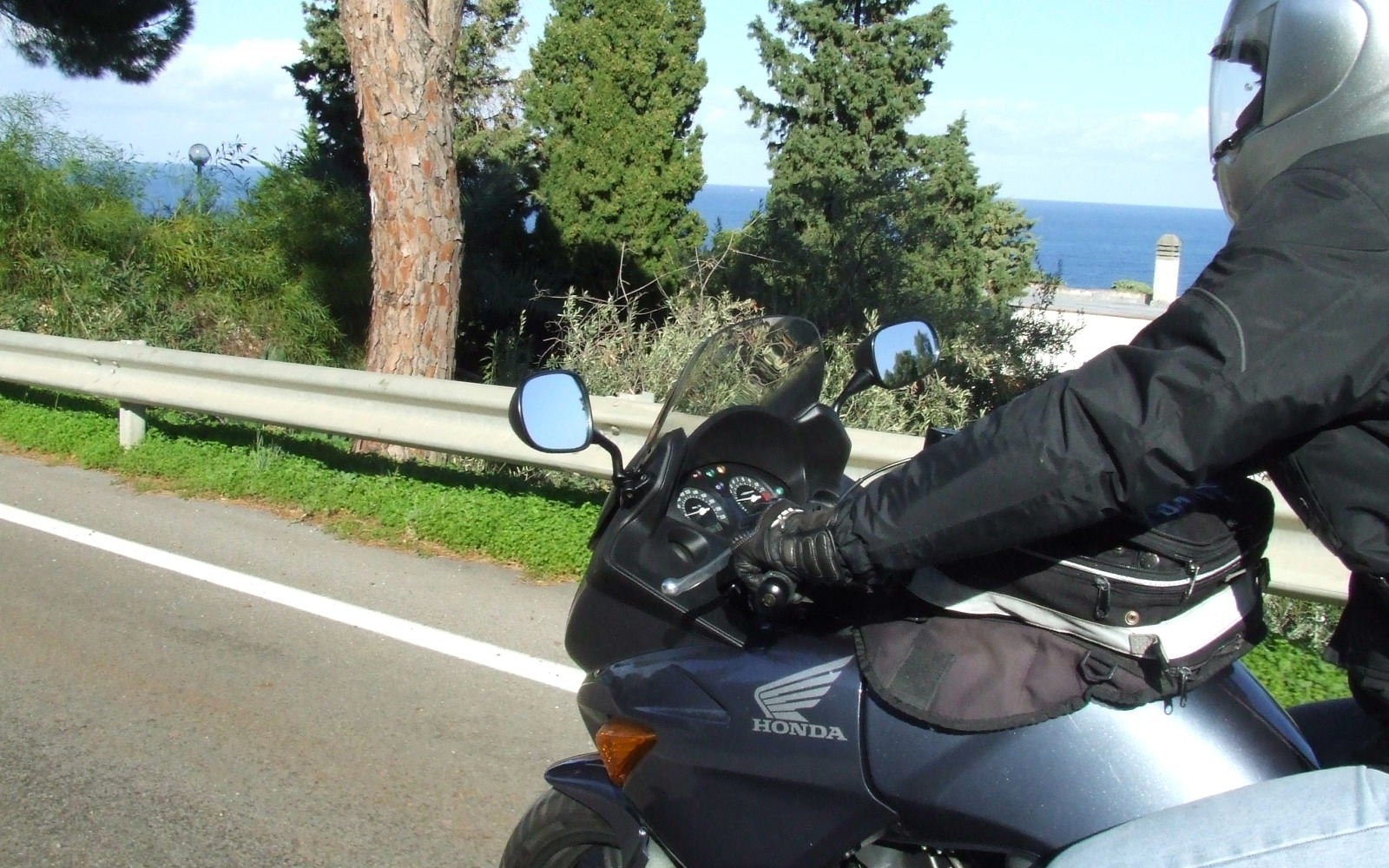Cefalù
The Cathedral of Cefalù located in Piazza Duomo was built under the patronage of Roger II of Sicily, beginning in 1131. This style of Norman architecture would be more accurately called Sicilian Romanesque, the mosaics inside are among the most famous in the world.
Syracuse
Syracuse was founded 2740 years ago by Greek settlers from Corinth, who called it Sirako (“swamp”). The settlers found the land to be fertile and the native tribes to be reasonably well-disposed to their presence. The city grew and prospered, and for some time was the most powerful Greek city of the Mediterranean.
Since the 5th century BC Syracuse was ruled by tyrants until 211 BC, with some interruptions. In the late 5th century, Syracuse was engaged in a war with Athens, which sought more resources to fi ght the Peloponnesian War.
Perhaps the most famous citizen of Syracuse was the natural philosopher Archimedes. Among his many inventions were various military engines including the so-called “claw of Archimedes”, used to resist a Roman siege
Val di Noto
In the south east of Sicily, it is dominated by the limestone Iblean plateau. In 1693 the entire area was decimated by an enormous earthquake. The town area was rebuilt in what came to be known as the Sicilan baroque style; most notable the town of Noto itself, which is now a tourist attraction on account of its fi ne Baroque architecture. Other towns in the Val di Noto include Modica, Ragusa and Scicli. Many towns in the area were declared World Heritage by UNESCO in June 2002.
Modica
The city is situated in the Iblean mountains and was founded by the Sykels circa the 7th century B.C. Over the centuries, as the city developed, it gradually became divided into “Modica Alta” (Upper Modica) and “Modica Bassa” (Lower Modica). During the last century the city has extended and developed new suburbs which include Modica Sorda, Monserrato, Idria, these are often referred to as Modern Modica; both old and modern quarters of the city are today joined by Europe’s highest bridge (300m).
Modica was the birth place of Salvatore Quasimodo, writer and 1959’s Nobel Prize, and also of Tommaso Campailla, the 18th century scientist and philosopher.


